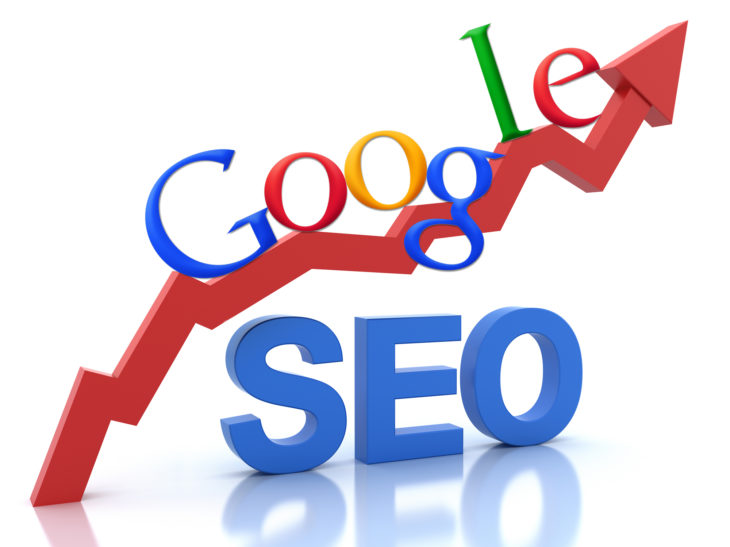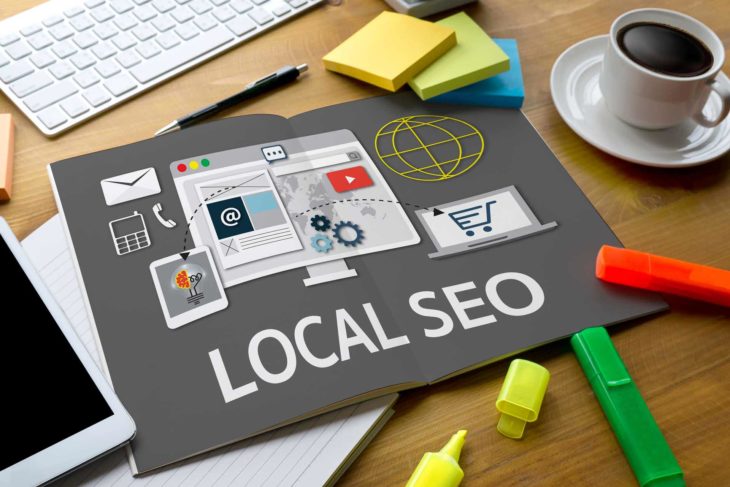Implementing the right SEO tactics in your overall marketing mix can make or break your business. Nowadays, SEO has become one of the most integral components of a successful marketing mix primarily due to the increasing usage of search engines among consumers. You will be hard-pressed to find a consumer that doesn’t use Google in their respective buying process. And that is true when trying to find a local brick and mortar businesses in unfamiliar industries.
Amplify your Local SEO focus by implementing these key tactics:
1. Google My Business
The first thing that you want to do when you are looking to dominate the local search engine results is to optimize your Google My Business page. Google My Business is essentially your free business profile on Google. This is important because Google wants their users to be able to find exactly what they are looking for as easy and as quickly as possible, especially in Google maps and the map pack. This is why your GMB should include pertinent information that a prospective customer would be looking for on this page. You’ll want to keep your page updated with new information, new photos, new posts, and with the correct hours, your business is open (including holiday hours). You’ll also want to not only encourage reviews, but you want to engage with customers that leave reviews on your GMB. Without optimizing this page, you’ll be a step behind your competition within the local search results.

Img source: esoftload.info
2. Optimize Your Website
Another key component to an effective local SEO strategy is a complete optimization of your website to attract local customers to it. Your website should feature a local SEO site structure to effectively rank well for location & niche specific keywords within your area. For instance, if you are servicing different areas, you will want to target each individual area. Sometimes that means creating individual pages for every location (like a brick & mortar business) and others you can use a service area with other places included within that radius. You’ll likely want to include the location in your URL, Page Title, and H1 tag as they are the three most powerful places for on-page optimization.
3. Images
The images on your website are key areas that you can optimize in order to boost your local SEO rankings. Many people make the mistake of simply posting photos without proper optimization. You want to set your images up for local SEO as well as possible using the file names and the titles of them, especially taking photos of your actual business location. These strategically placed keywords improve not only your website rankings but your ability to rank the photos themselves within Google’s image results. Image results play a larger part in gaining more traffic to your website than you think. Often images are what people are “credited” for when they are linked to by other websites.

Img source: netsuiteblogs.com
4. Mobile
The mobile experience your website is providing should be flawless. Since most users are mobile, mobile optimization will dictate how well your website is able to rank. Not only do you want your website to effectively scale to different sized mobile devices, but you also want it to load fast. By optimizing your website for mobile devices, reducing the number of users clicks to get to a certain page, and by making sure the website usage is functional and intuitive, your users will enjoy using your site and hopefully return to your great content. These are a few important metrics you need to pay attention to when viewing the analytics of your website to help improve your local SEO.
5. Local Citations
Another imperative strategy for your local efforts would be creating more local citations or directories for your website and business. With more citations, you will be able to generate a higher trust factor. You will want to manually build citations for your business. You should focus on the biggest directories first, like Google My Business, Bing Places, Apple Maps (brick & mortar only), and websites like the yellow pages. Once you’ve built out the Top 25 directories, you can continue building citations to continue increasing the trust factor through link building. After all, the search engines want to provide results of the best businesses for specific keywords and key terms so the more you can demonstrate that you are an authority within the local market, the more likely you will be able to achieve the highest possible rankings.
6. Reviews
As mentioned above in the GMB section, reviews can do wonders for your rankings. Reviews are something that you want to focus on within your business because not only are they going to help your local search rankings, but they are going to impact the conversions you can achieve with your website as a whole. You want to encourage reviews from satisfied customers by linking your review pages to customer surveys and you will want to reach out to customers that leave reviews on various review websites to increase engagement and to respond to negative reviews. Sometimes, the way you respond to a negative review will be more helpful than the ten 5-star ratings you already received.

Img source: searchengineland.com
In addition, when you’re asking for reviews, Alex Furfaro Columbus SEO recommends to “be persuasive in asking your customers so they reviews they write will help the user. Ask questions like ‘what service did we provide and how was that helpful to you?’ This will encourage customers to write something thoughtful instead of giving you a 5-star and saying generically “great service.”
These are just a few techniques you can use to improve your SEO rankings and maximize your ability to drive local traffic to you or your clients’ businesses.